Key principles of pressure injury prevention
The most effective way to prevent pressure injuries is to ensure that skin care management is tailored to the needs of the individual. Everyone is different, and finding the best solution to manage the person’s skin can be a matter of trial and error.
When to do a skin check?
Head-to-toe skin checks should be attended twice daily, at a minimum. Additional skin checks may be required in the following circumstances:
- After an adverse event such as a poor transfer or fall.
- During a trial of new equipment such as a mattress, shower commode or cushion.
- With new clothing.
- When a new device is used, such as a different leg bag system or compression garment.
- After an episode of incontinence.
- At times of a change in routine, such as travel, starting a new activity or working longer hours.
How to do a skin check?
Perform a skin check by looking at and feeling the skin.
Look
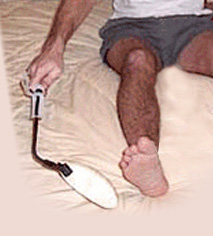
Check with a mirror, take a photograph, or have someone else check the skin. If the person is unable to use a handheld mirror, modified mirrors can be obtained. These may be called ‘quad inspection mirrors’, ‘handheld inspections’ or ‘flexible inspection mirrors’. To inspect the feet, use an inspection mirror, mounted on a telescopic arm.
Photo by: Shepherd Center
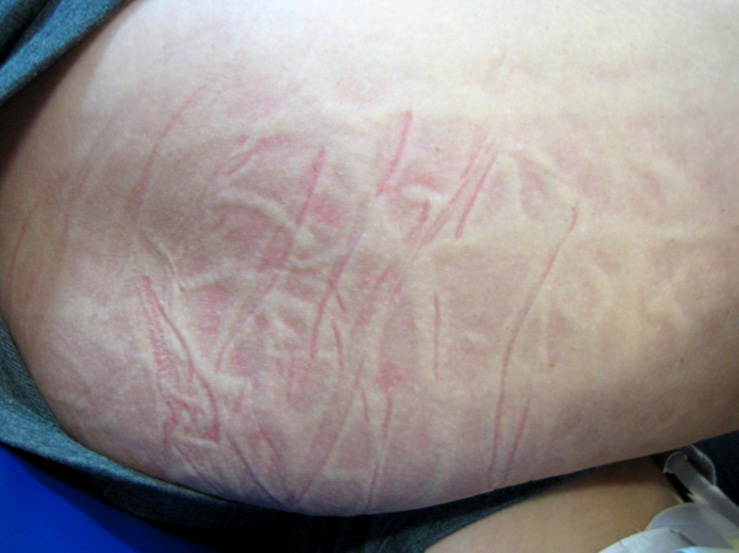
Know what is ‘normal’ and what is not. Any change can be an issue.
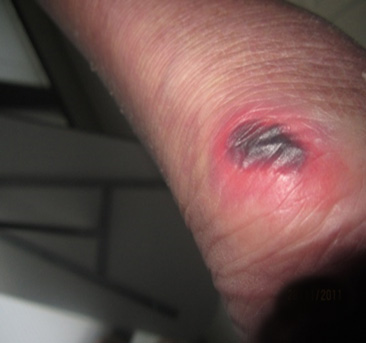
Check bony prominences, as these are high-risk areas.
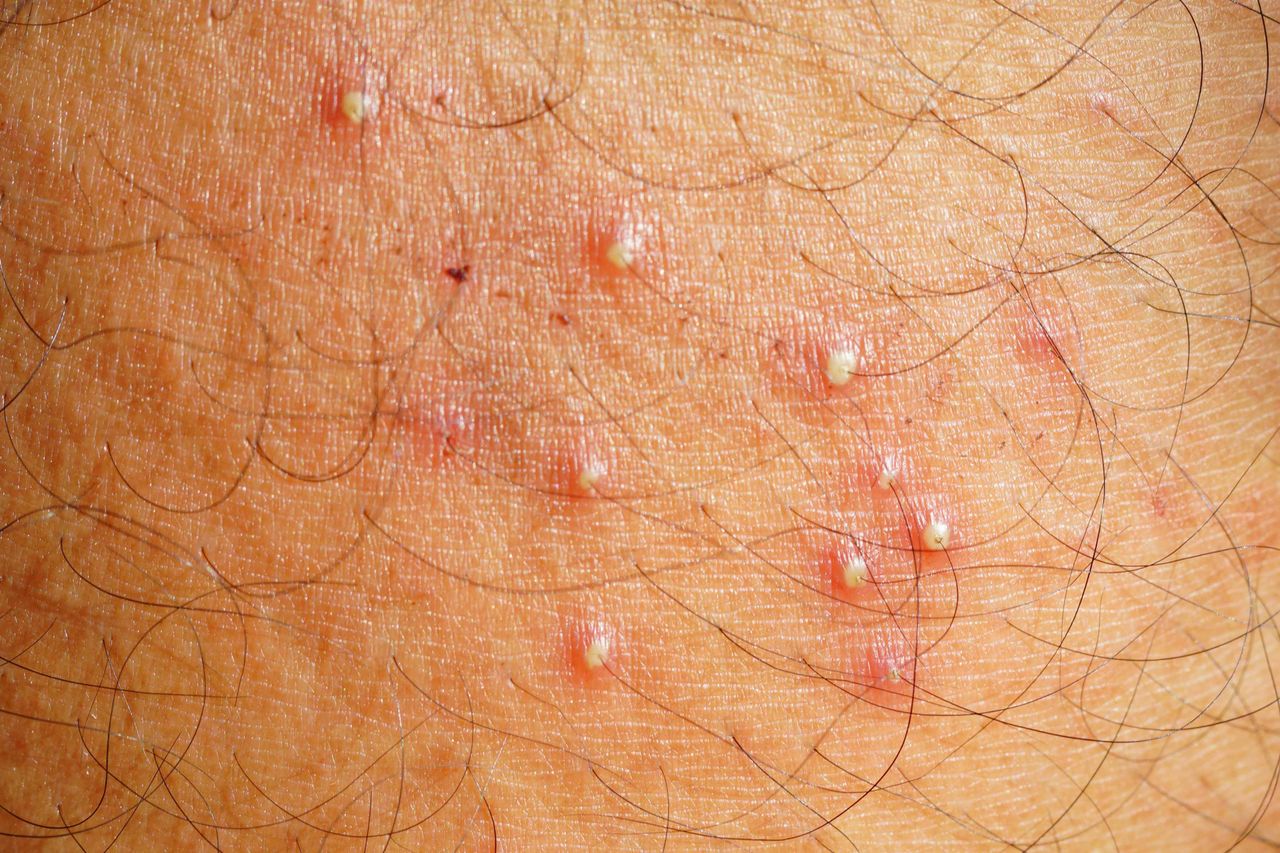
Look for pimples, bruising or scrapes.
Photo by: English Dermatology
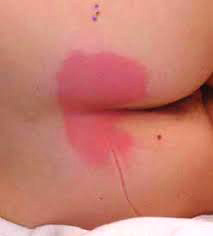
If redness is present, check for blanching. Blanching indicates the return of blood supply to the tissue. Return of colour from white to pink should occur within 2 seconds. If there is non-blanching erythema, a stage 1 pressure injury is present.
Photo by: National Pressure Ulcer Advisory Panel, European Pressure Ulcer Advisory Panel and Pan Pacific Pressure Injury Alliance. Prevention and Treatment of Pressure Ulcers: Quick Reference Guide. Emily Haesler (Ed.). Cambridge Media: Osborne Park, Western Australia; 2014
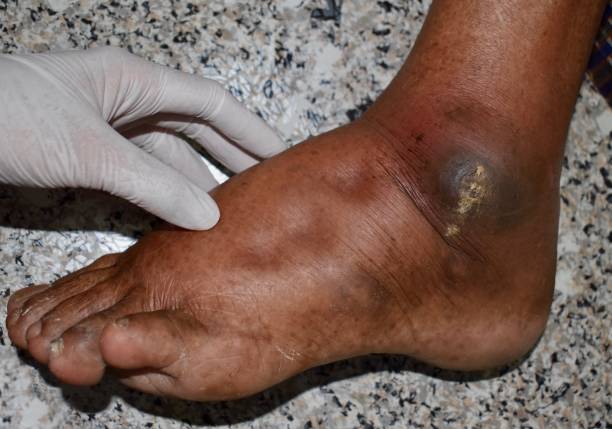
People with darker skin tones may not see skin changes early. It is important to feel the skin when checking.
Feel
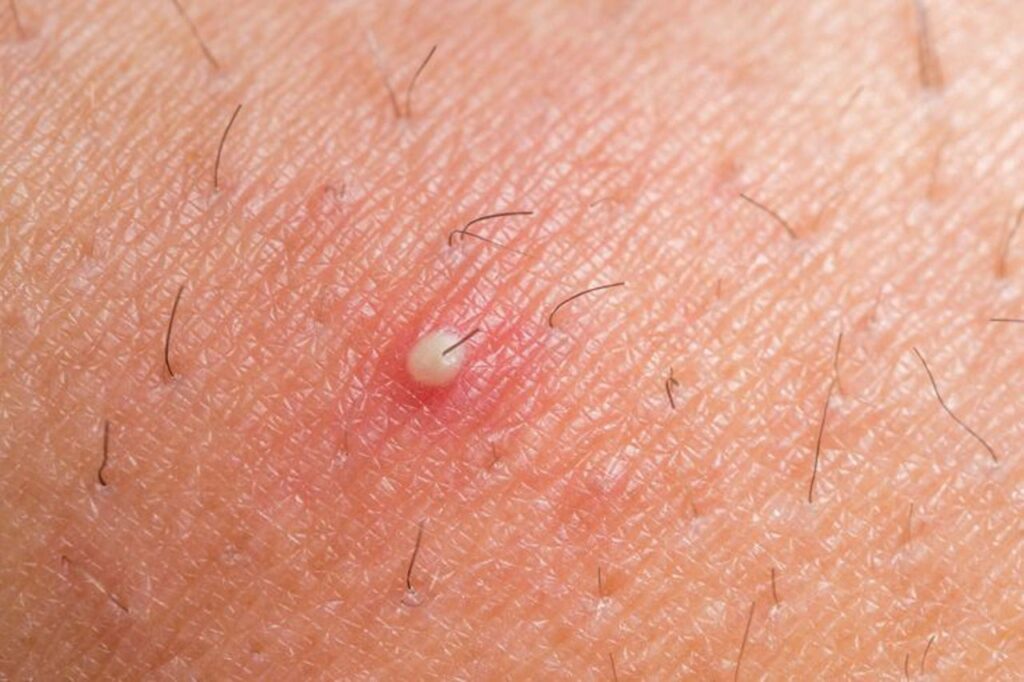
Feel for any changes such as lumps, bumps, pimples, skin texture, soft or hard areas.
Photo by: English Dermatology
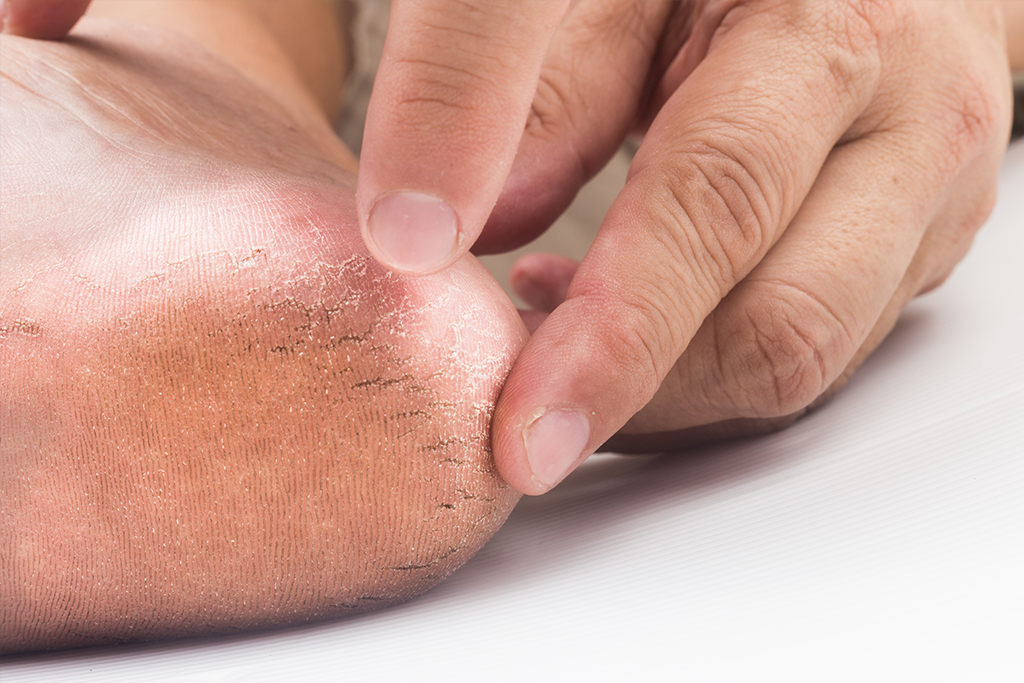
Heat or warmth in the area can indicate an underlying problem.
Manufacturing a handheld mirror
In cases where the individual has weak or no hand grasp, there are some simple options for holding a mirror in position, which can be helpful while performing skin care checks.
Materials needed:
- Plastic mirror
- Perspex or thermoplastic (splinting material)
Considerations:
- Consider purchasing a purpose-built handheld mirror, if the person has an appropriate funding source.
- Manufacturing a handheld mirror requires someone with knowledge on plastics or Perspex to construct. Technology for Ageing and Disability Queensland may be able to assist with manufacturing a mirror, if required.
- Pillows could be used as an alternative low-cost option to support a mirror.
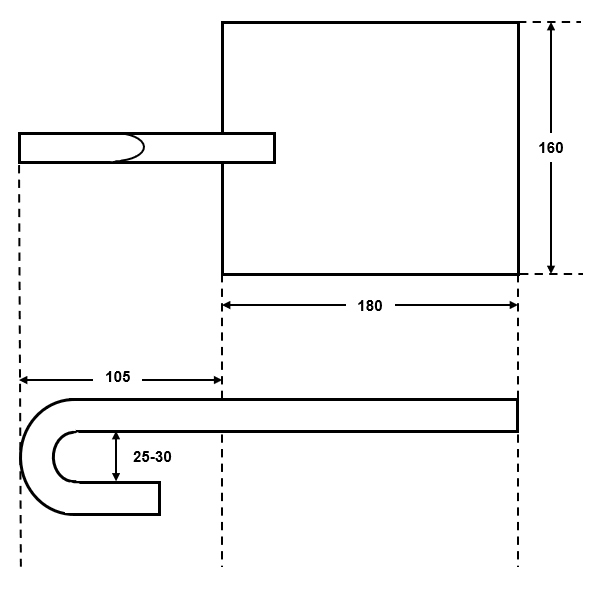
Attach a Perspex or thermoplastic splinting material into the middle of the plastic mirror leaving 105mm of the handle to grasp to.